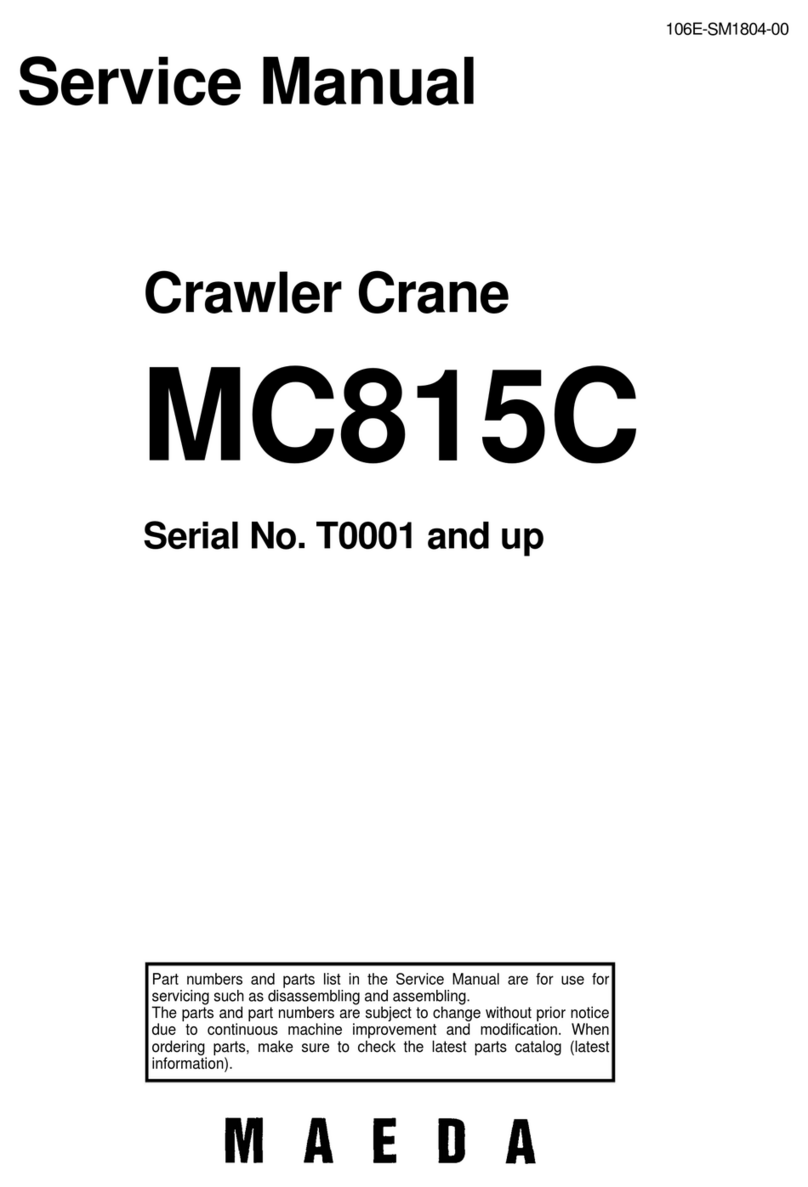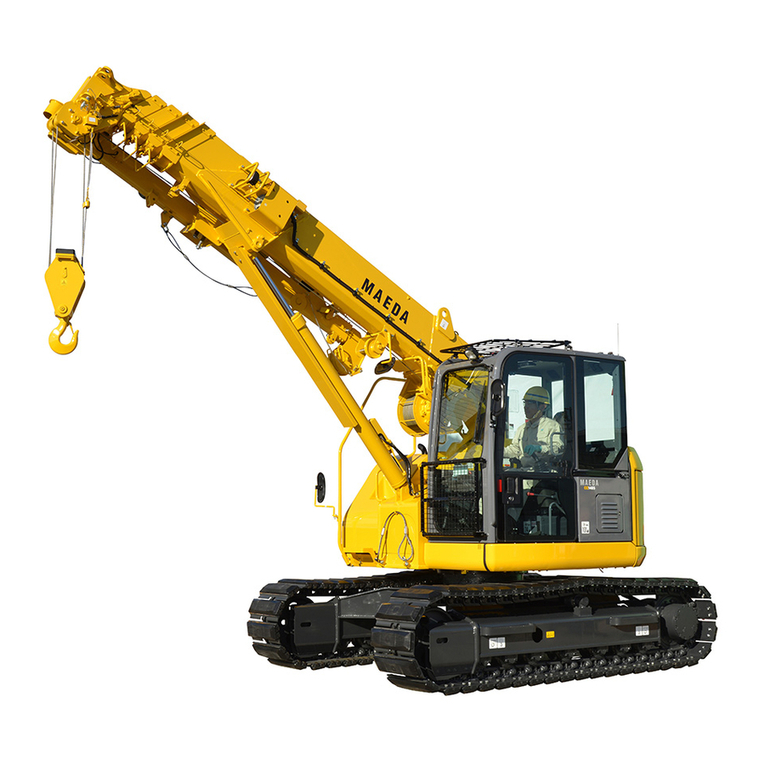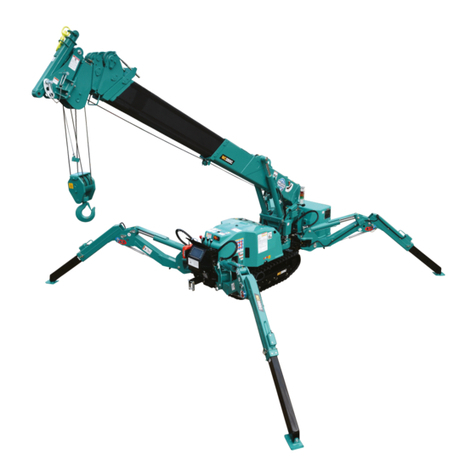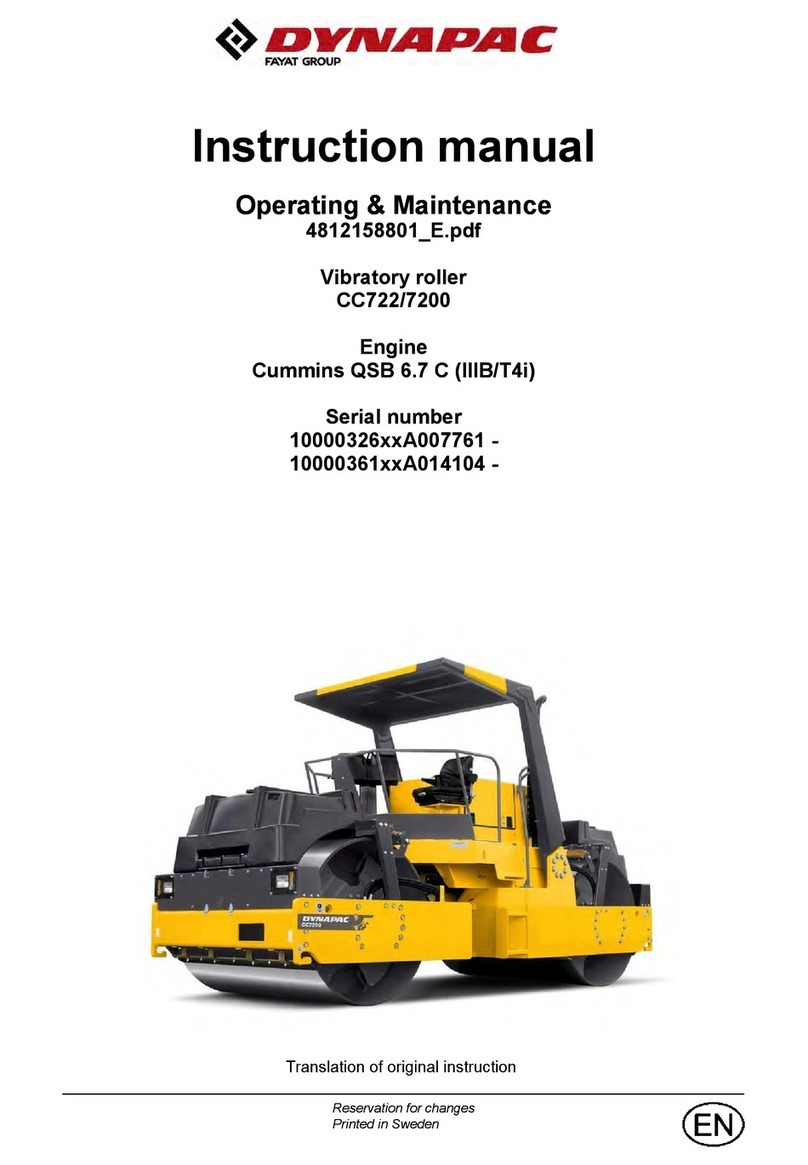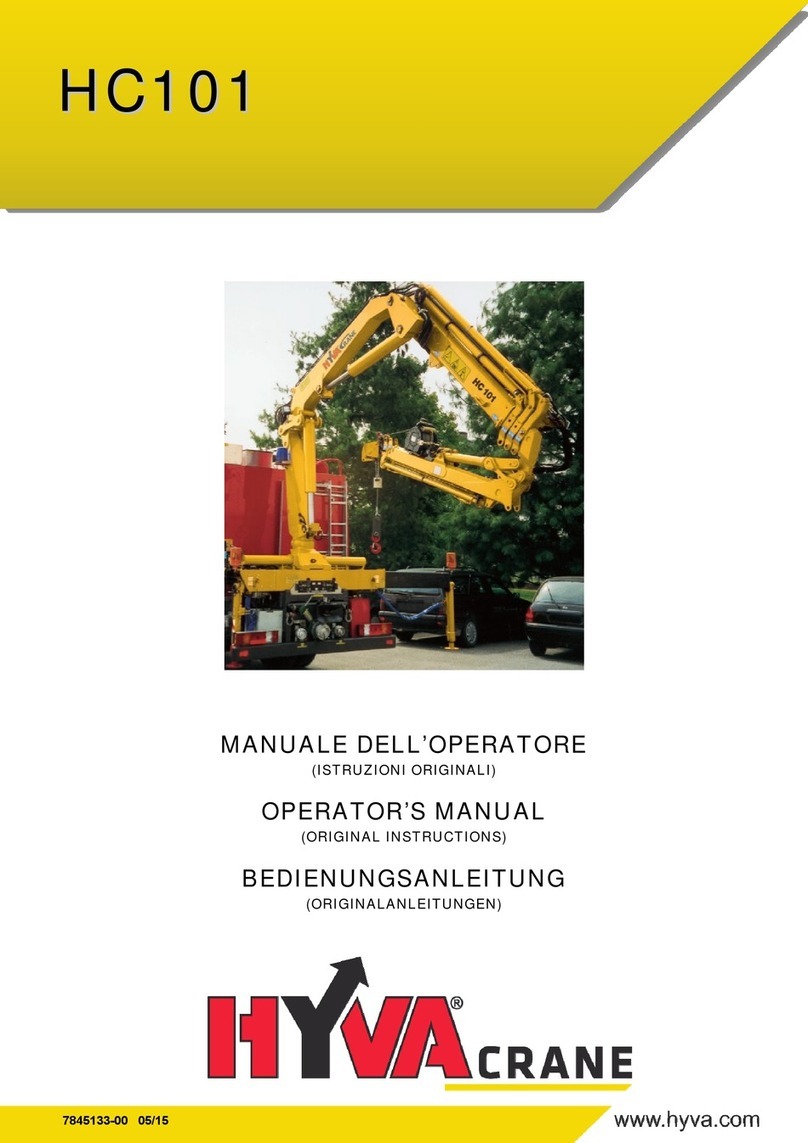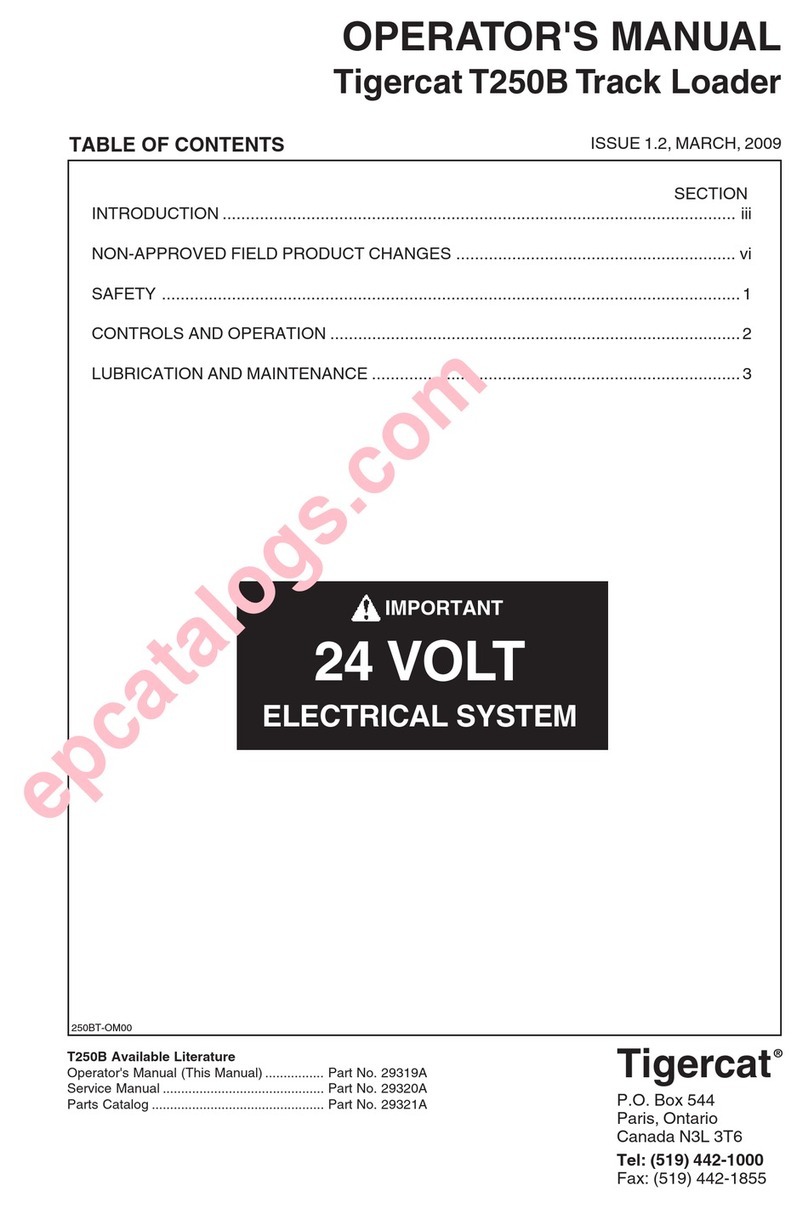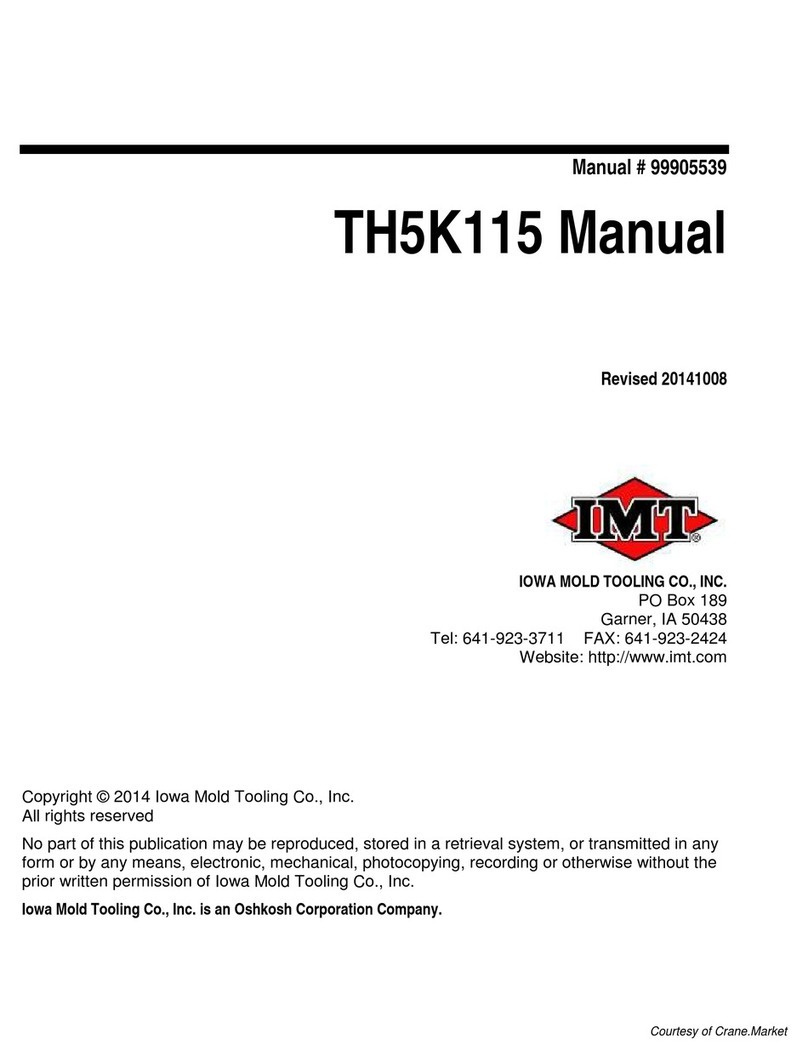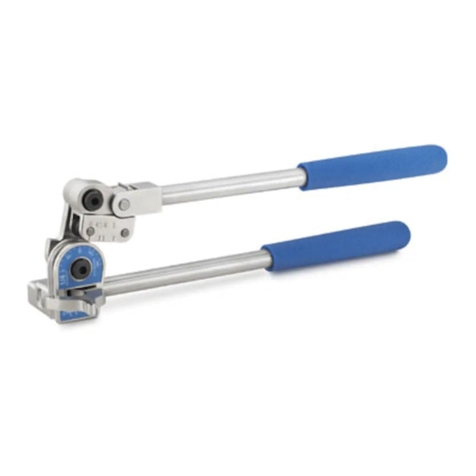Maeda CC1485S-1 Installation manual




















Other manuals for CC1485S-1
1
Table of contents
Other Maeda Construction Equipment manuals
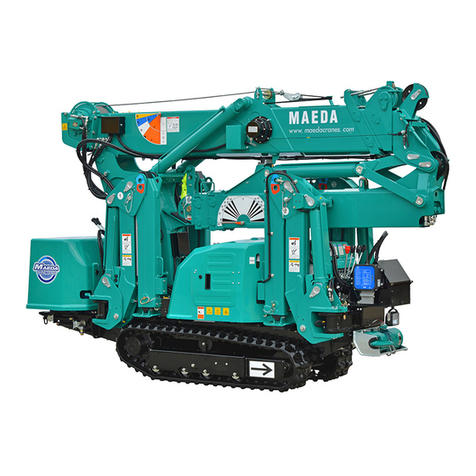
Maeda
Maeda MK1033C-1 User manual
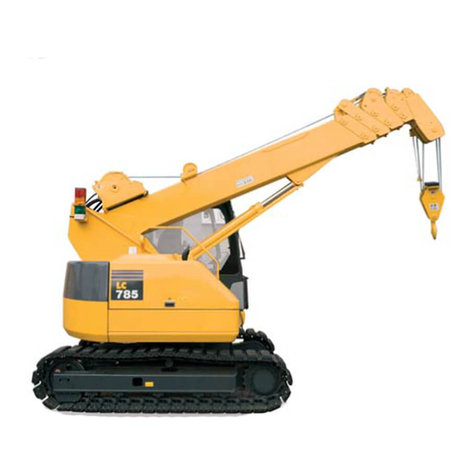
Maeda
Maeda LC785M-6B User manual
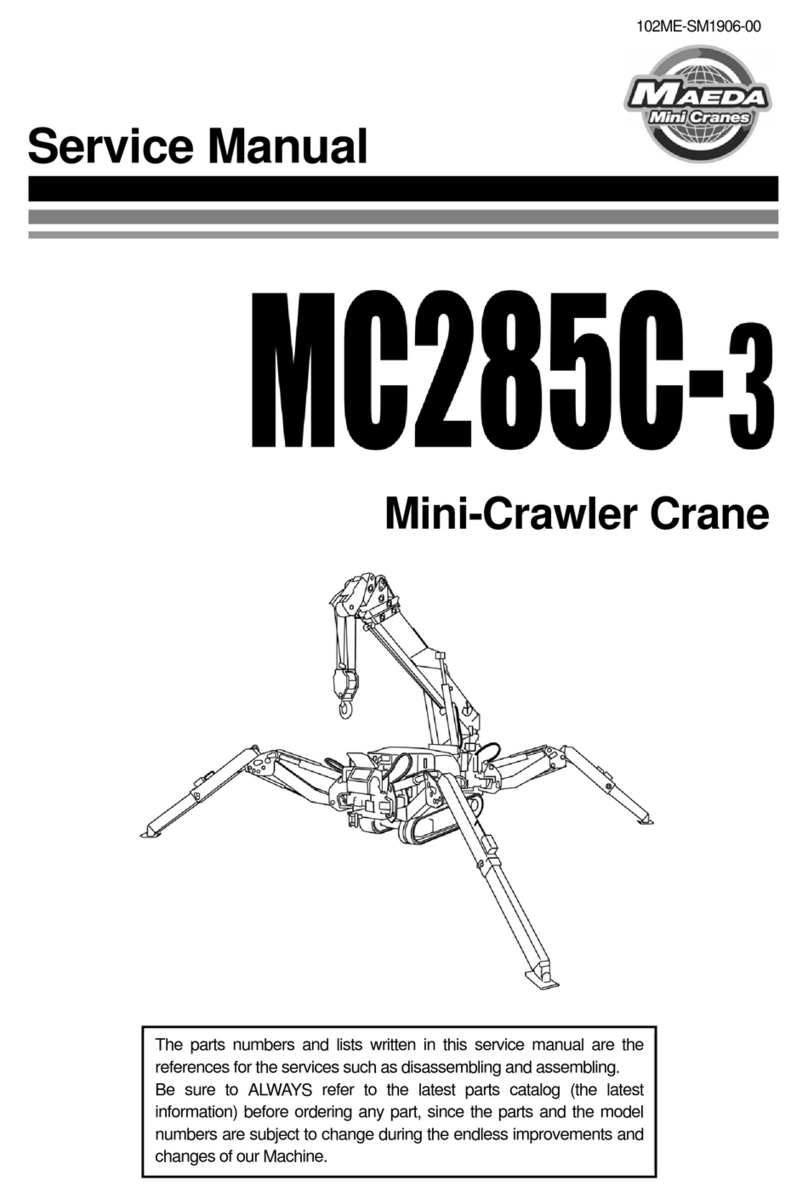
Maeda
Maeda MC285C-3 User manual
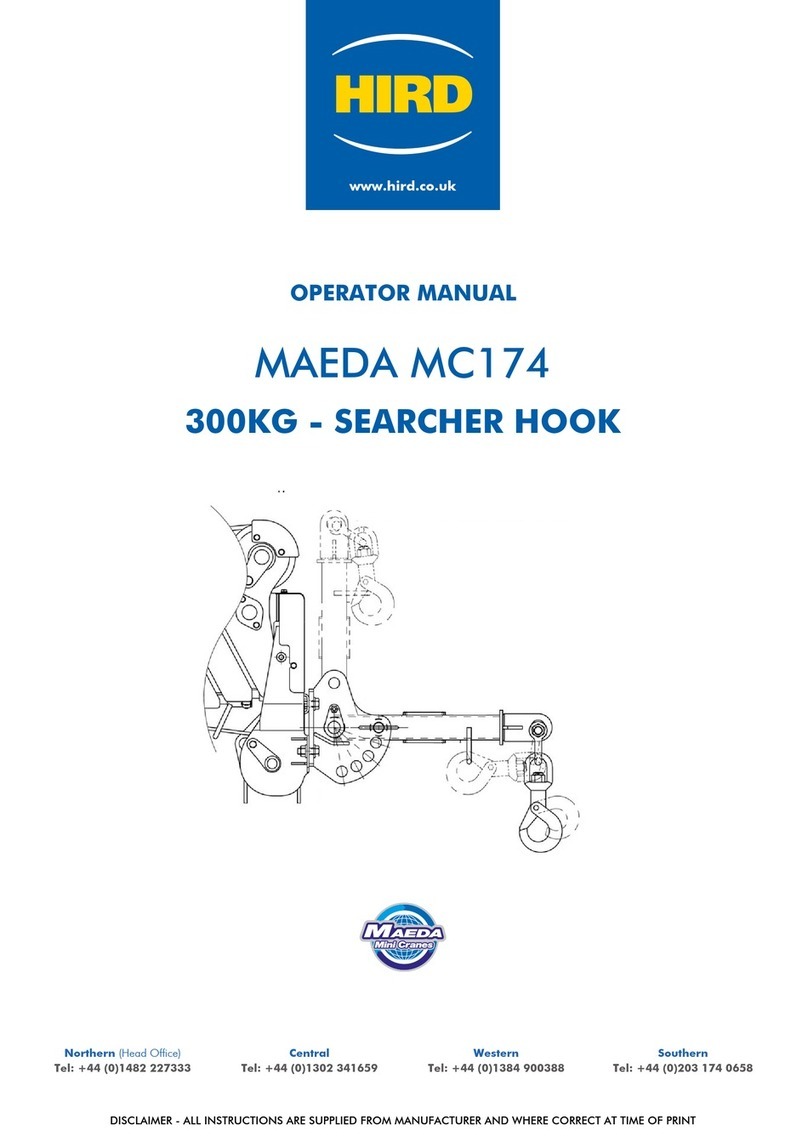
Maeda
Maeda MC174 User manual
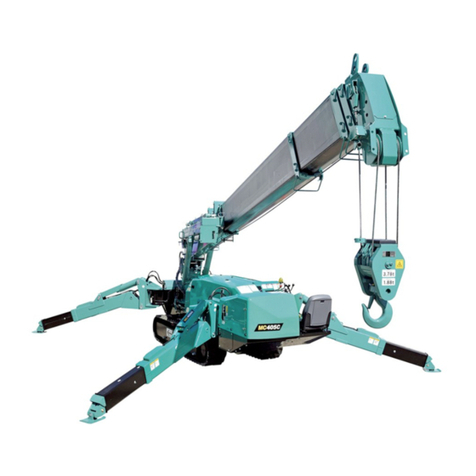
Maeda
Maeda MC-104C-2 User manual

Maeda
Maeda MC285C-2 User manual

Maeda
Maeda MC285CB-3 User manual
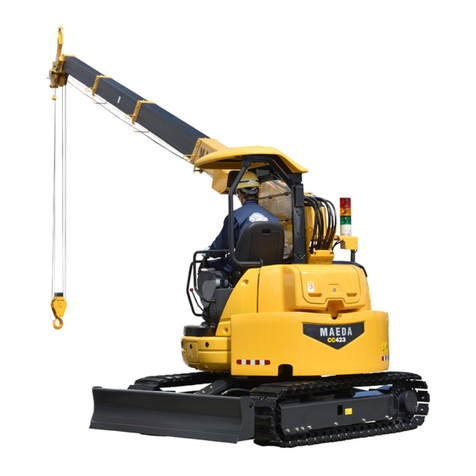
Maeda
Maeda CC423S-1 User manual
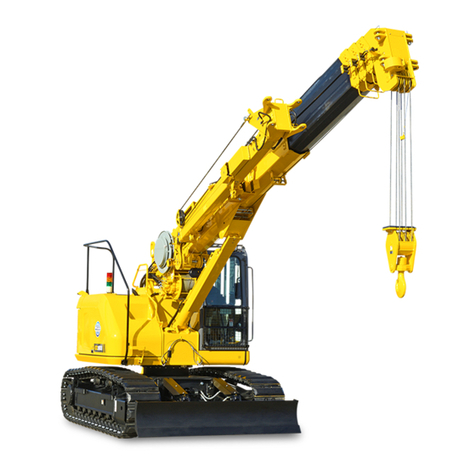
Maeda
Maeda CC1908S-1 User manual
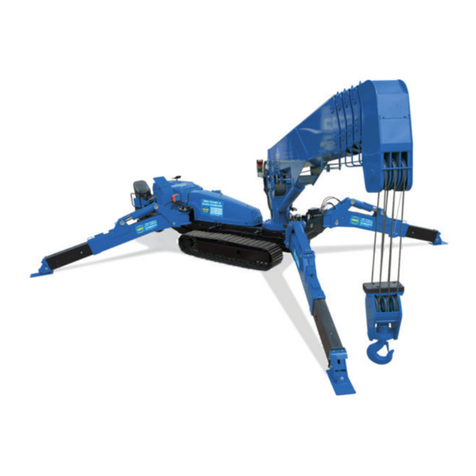
Maeda
Maeda HIRD MC815 User manual
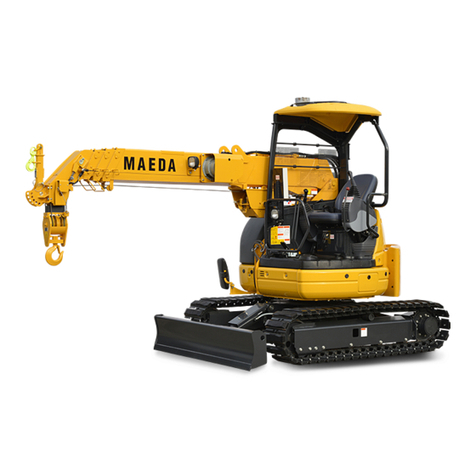
Maeda
Maeda LC383M-5 User manual
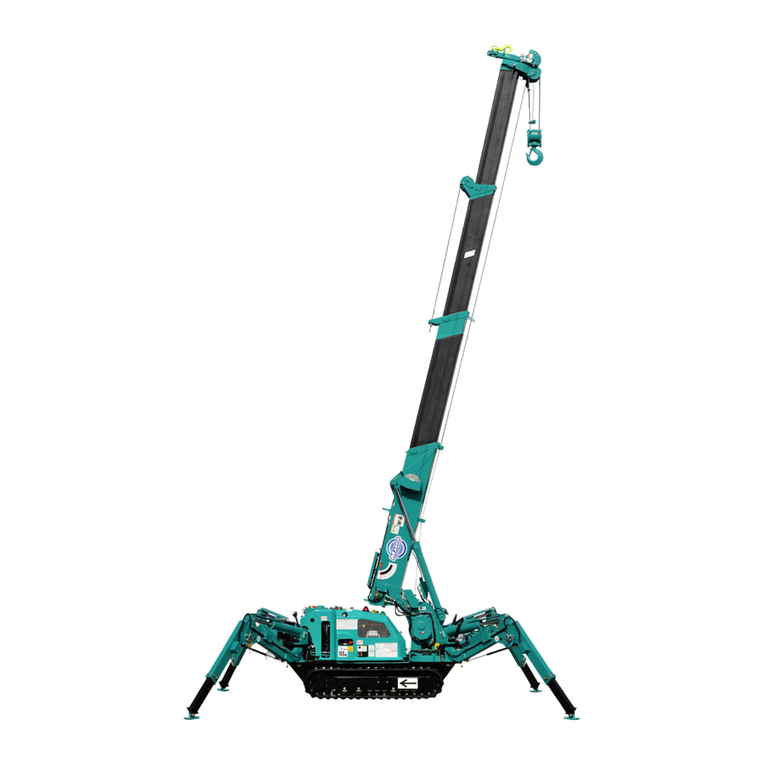
Maeda
Maeda MC-174CRM User manual

Maeda
Maeda MC-174CRM User guide
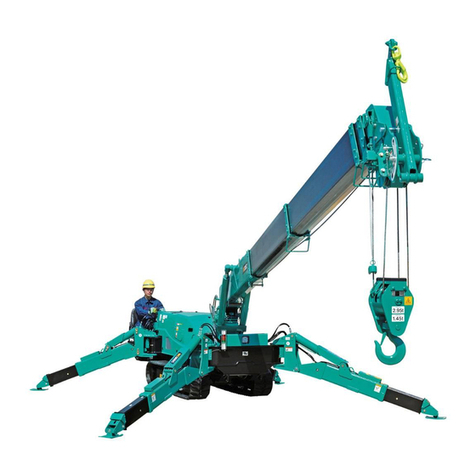
Maeda
Maeda MC305C-3 User manual
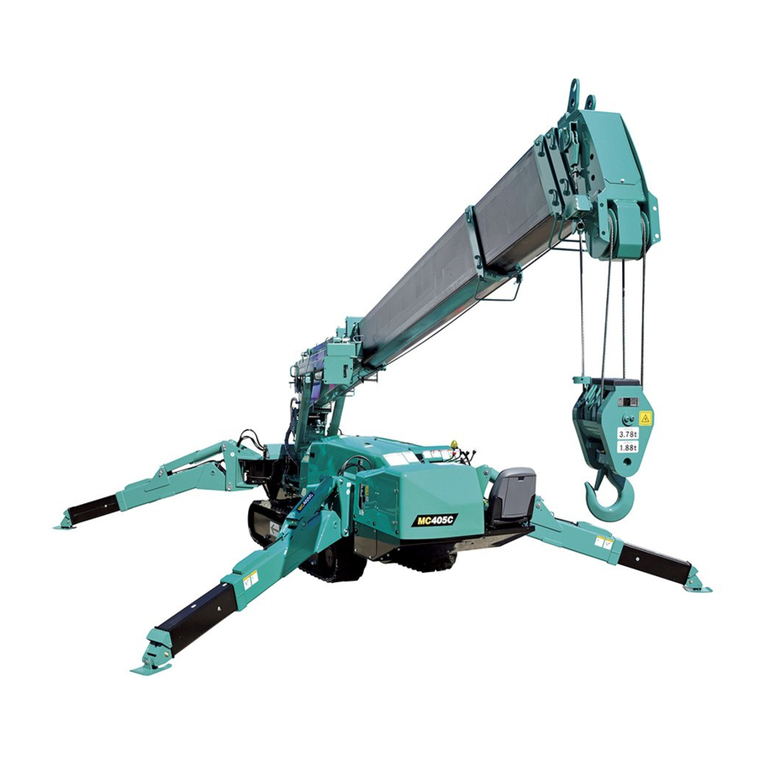
Maeda
Maeda MC405C-3 User manual
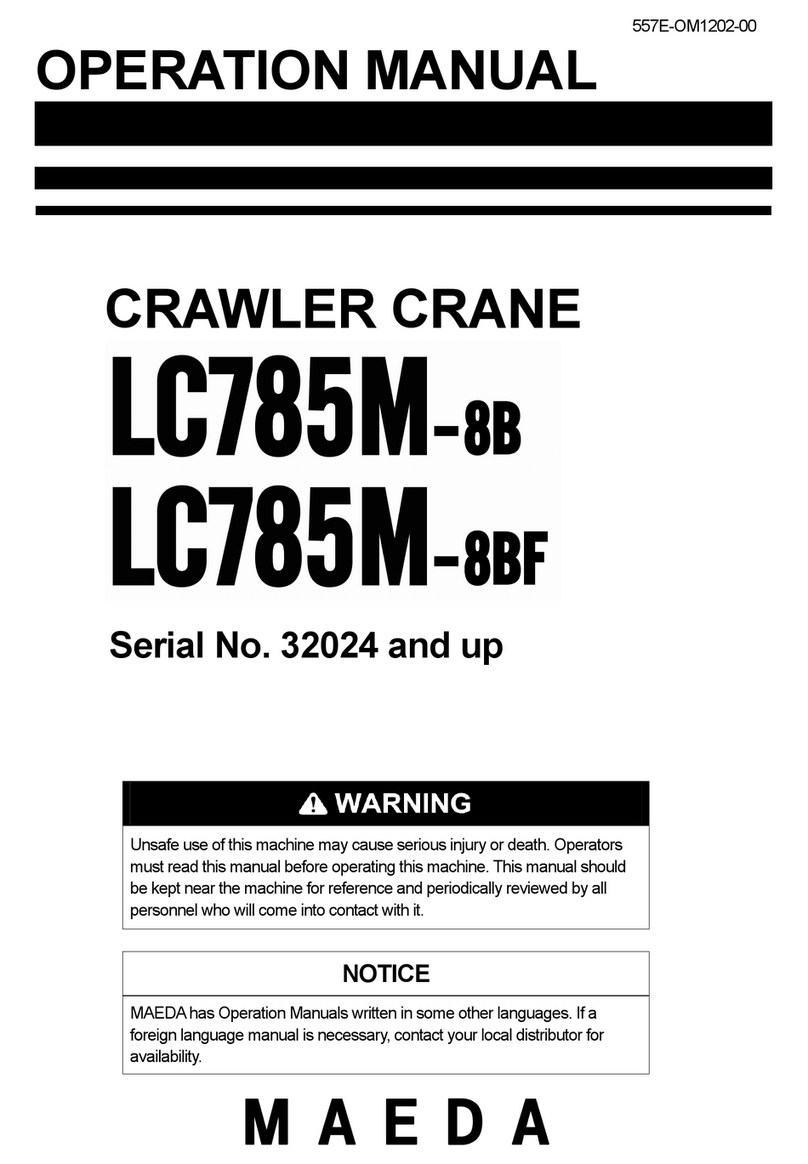
Maeda
Maeda LC785M-8B User manual
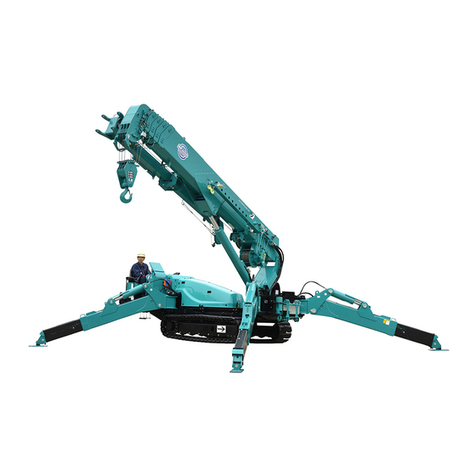
Maeda
Maeda MC815C User manual
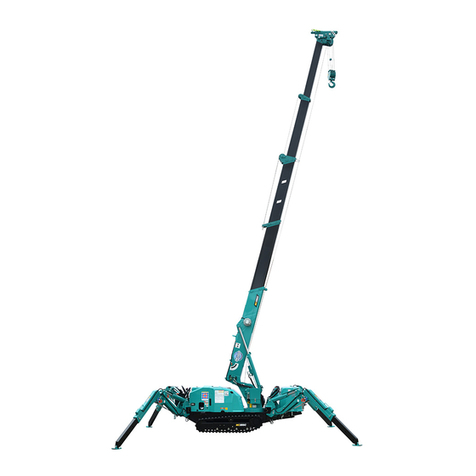
Maeda
Maeda MC285C-3 User manual
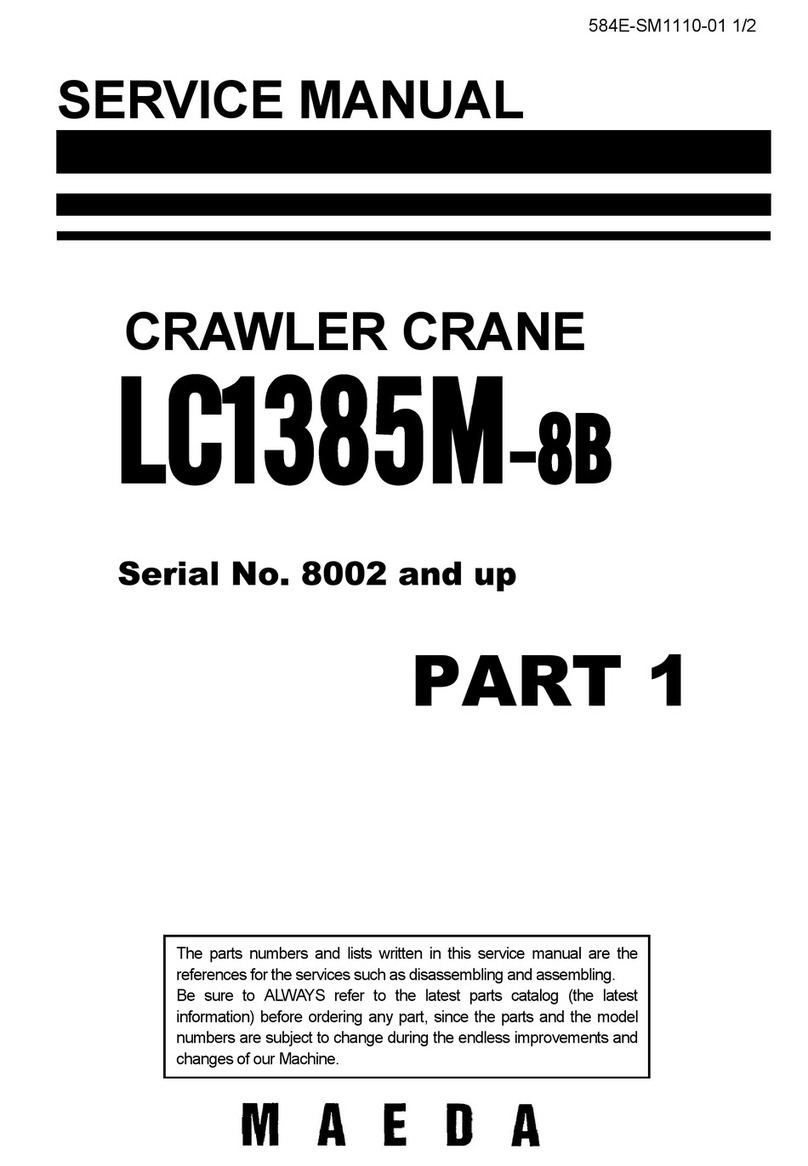
Maeda
Maeda LC1385M-8B User manual
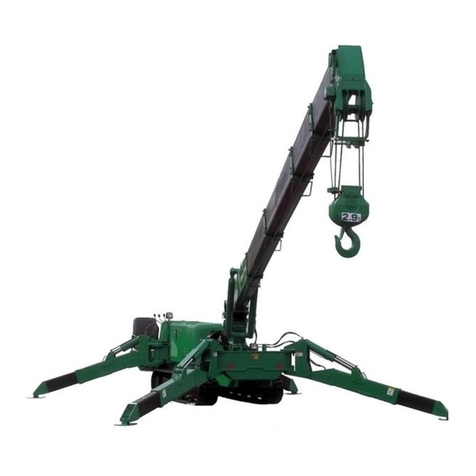
Maeda
Maeda MC-305C-2 User manual
Popular Construction Equipment manuals by other brands
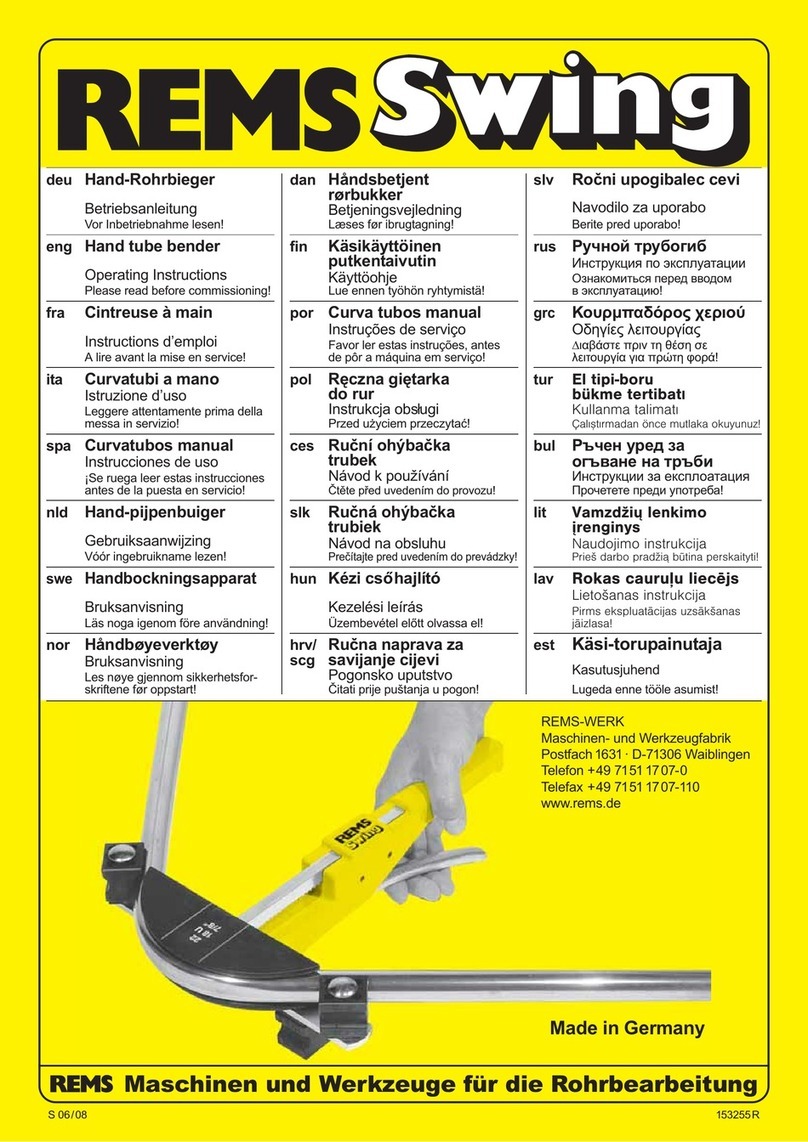
REMS
REMS Swing operating instructions

Worldwide Construction And Forestry Division
Worldwide Construction And Forestry Division 745 Operator's manual
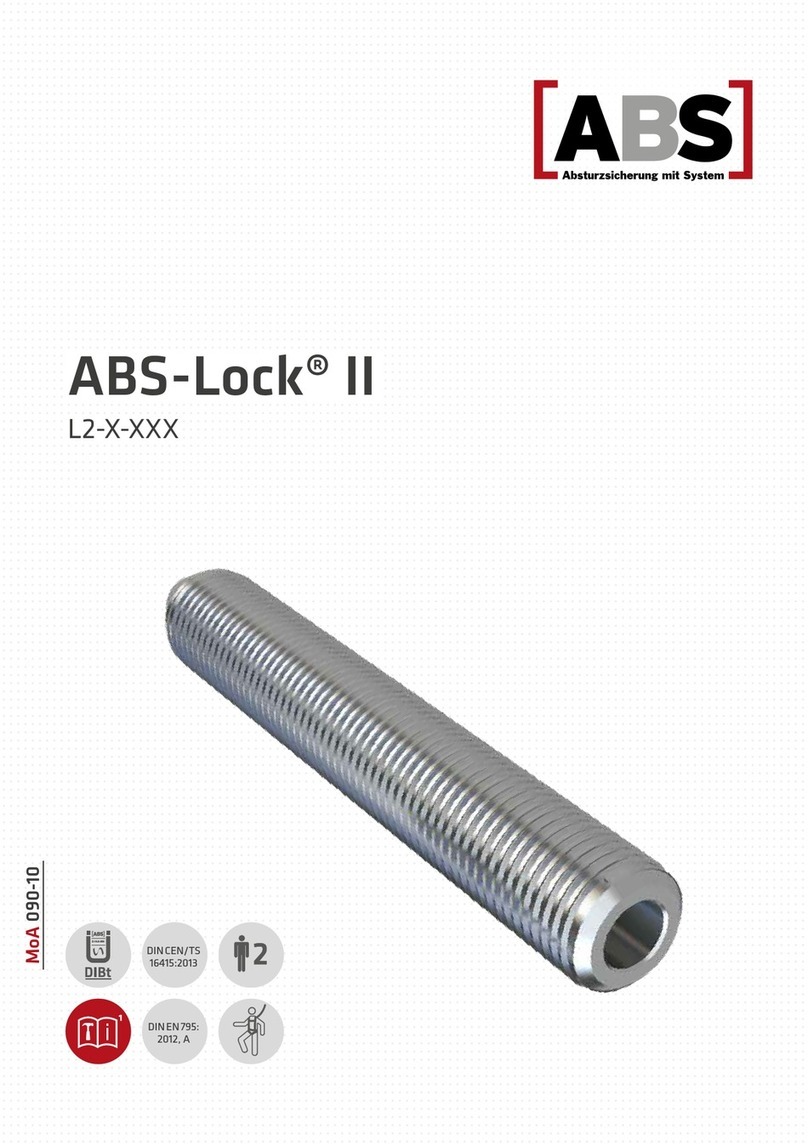
ABS
ABS Lock II manual
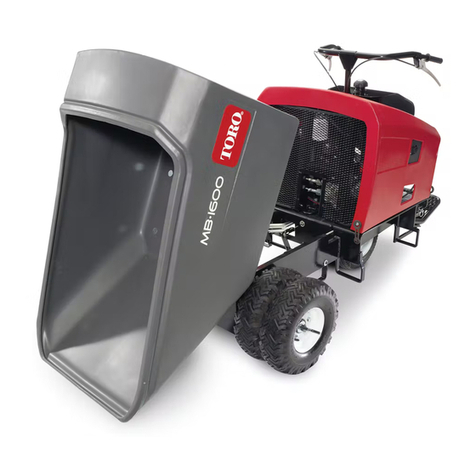
Toro
Toro MB-1600 Operator's manual
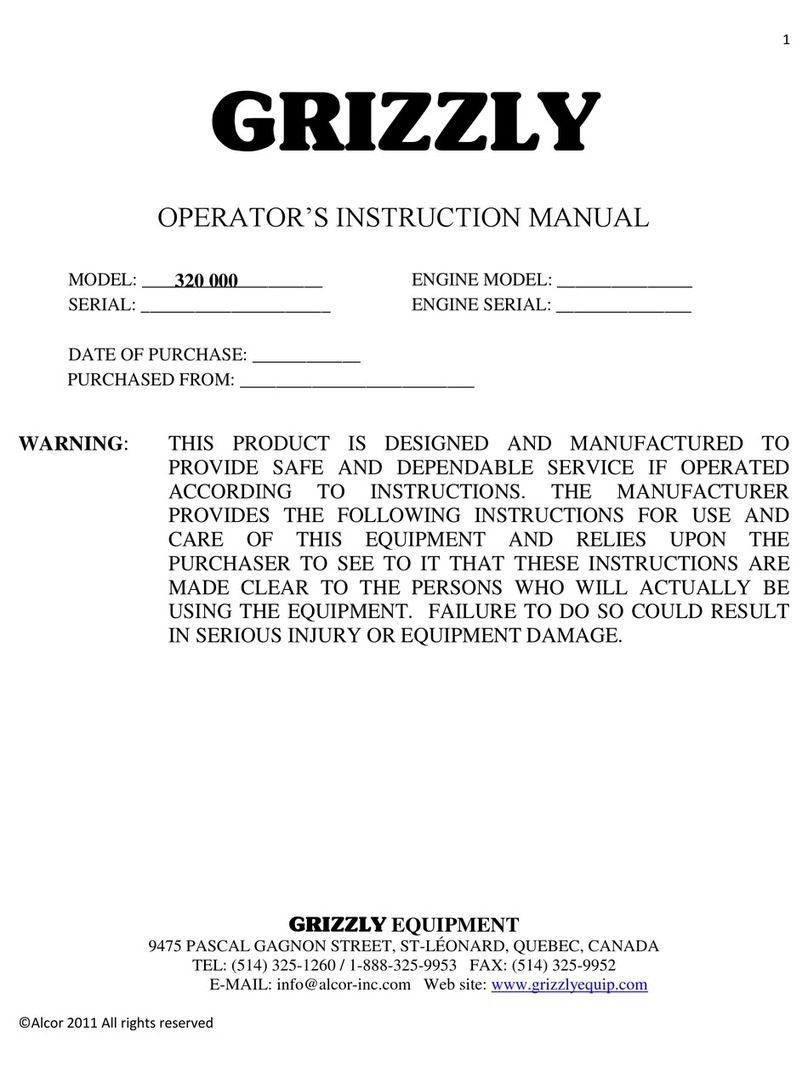
Grizzly
Grizzly 320 000 Operator's instruction manual
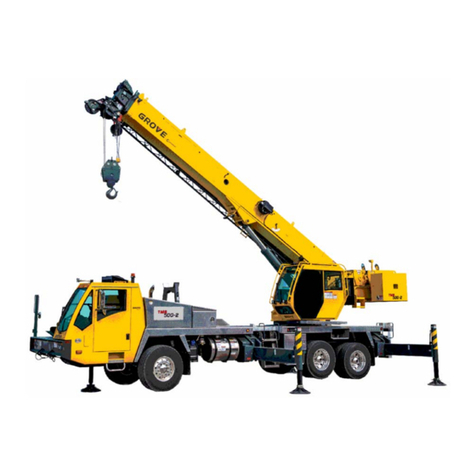
Manitowoc
Manitowoc Grove TMS500-2 Service manual
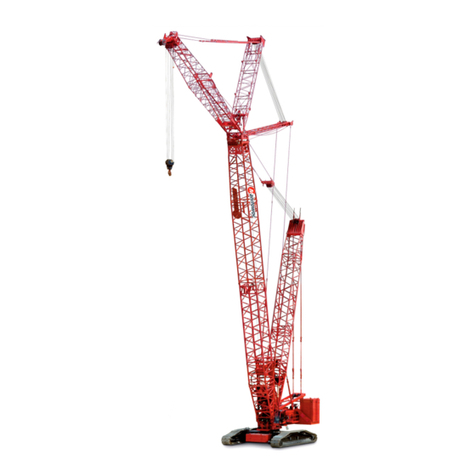
Manitowoc
Manitowoc 18000 Operator's manual
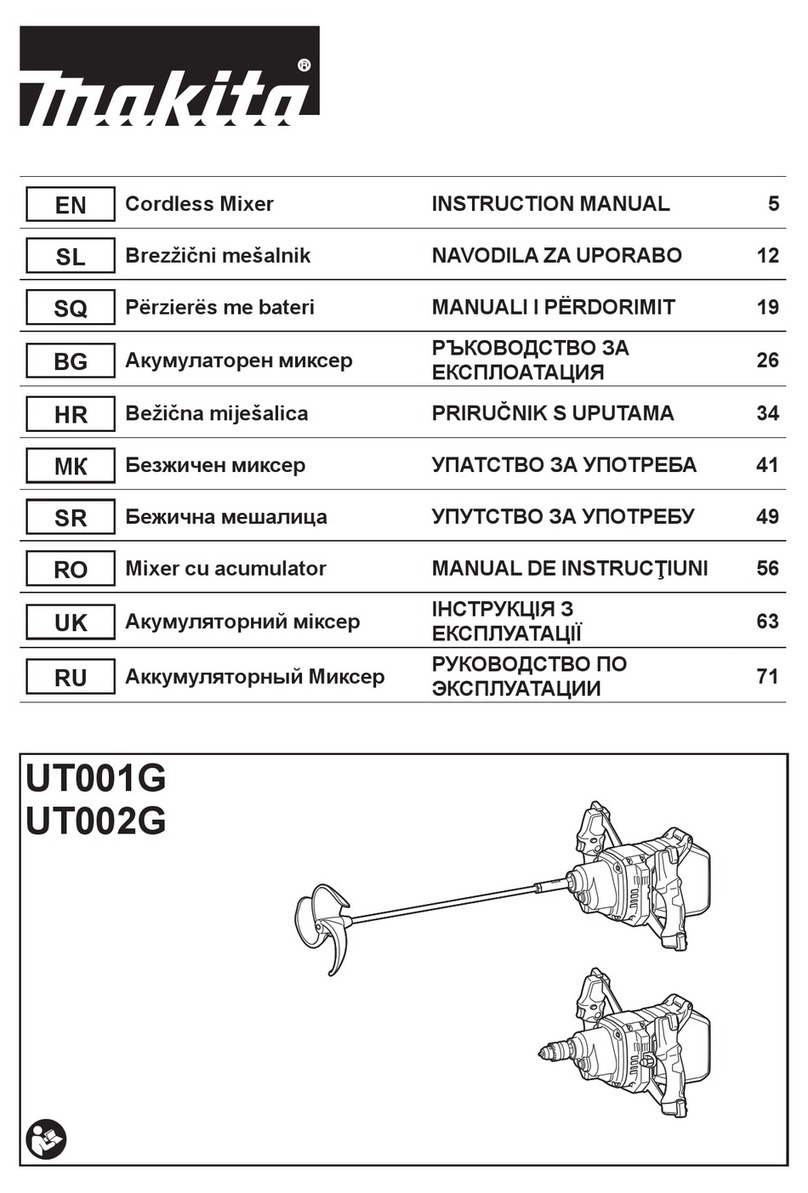
Makita
Makita UT001G instruction manual
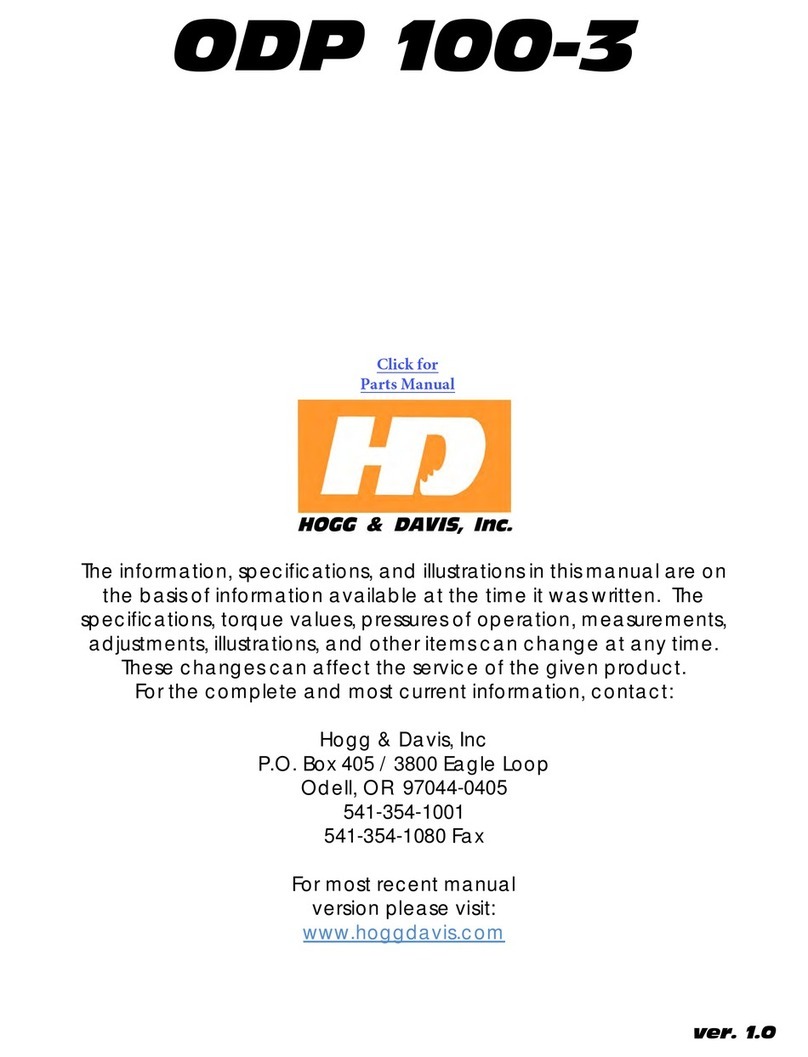
HOGG & DAVIS
HOGG & DAVIS ODP 100-3 manual
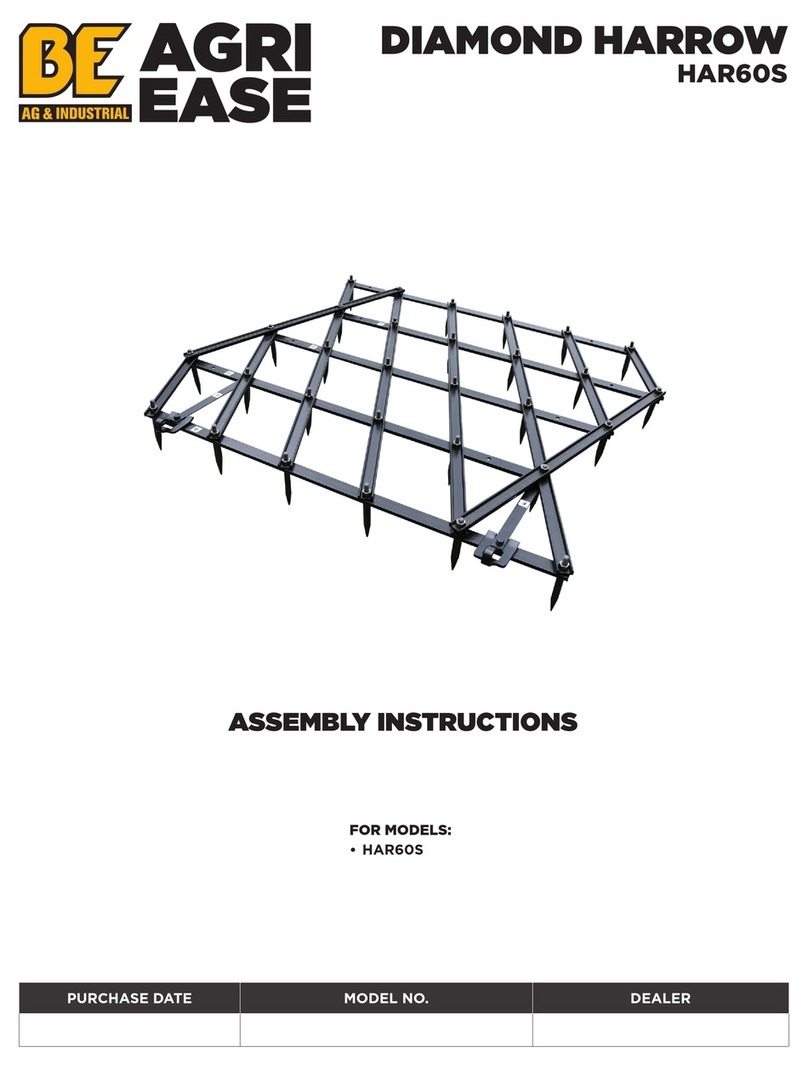
BE Ag & Industrial
BE Ag & Industrial AGRI EASE DIAMOND HARROW HAR60S Assembly instructions
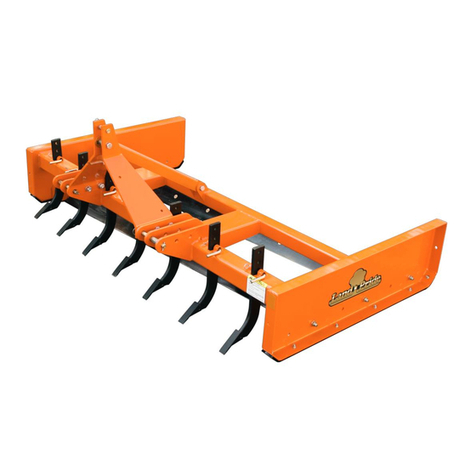
Land Pride
Land Pride GS2572 Operator's manual

Napa
Napa 791-6021 Operating manual & parts list
